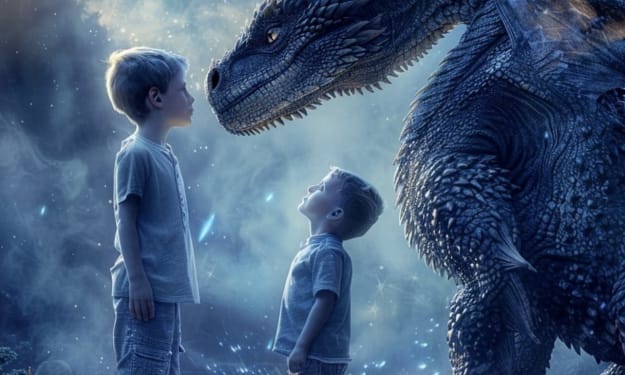
Title: The Fascinating Journey of Human Evolution
Introduction:
The story of human evolution is a captivating narrative that spans millions of years, revealing the intricate and interconnected web of life on Earth. From our distant ancestors to the modern Homo sapiens, the evolutionary journey is marked by adaptation, survival, and constant change. In this article, we will delve deeper into the history of human evolution, exploring the species that preceded us, the factors that led to their extinction, and the ongoing evolution of modern humans.
The Ancestral Hominids:
The closest living relatives of humans are the great apes: chimpanzees, gorillas, orangutans, and bonobos. These magnificent creatures, along with humans, belong to the scientific category known as Hominids. All hominids share common traits, such as bipedalism (walking on two legs) and the absence of a tail. Humans and chimpanzees, in particular, share an astonishing 99% DNA match, making them incredibly similar in genetic makeup.
The Journey Through Hominoids and Anthropoids:
Moving back in time, we encounter Hominoids, which includes great apes and lesser apes like gibbons. Hominoids possess trichromatic color vision and lack tails, just like hominids. Further back, we find ourselves in the category of Anthropoids, which includes monkeys, both old-world and new-world. This vast array of primates exhibits prehensile hands and feet, complex social behavior, and a relatively large brain size compared to body size.
The First Hominins:
The evolutionary tree leads us to the Hominin category, where we encounter species that are closely related to modern humans. Ardipithecus Ramidus, dating back 4.4 million years ago, was the first Hominin that displayed bipedalism. The Australopithecus Afarensis, represented by the famous fossil "Lucy," lived around 3.7 to 3 million years ago and was a committed biped.
Homo Habilis and Homo Erectus:
The Homo genus includes species like Homo Habilis and Homo Erectus. Homo Habilis, the "handyman," lived between 2.5 to 1.5 million years ago and was known for its stone tool usage and scavenging behavior. Homo Erectus, also known as Homo Ergaster in Africa, lived from 1.9 million years ago to around 140,000 years ago. They were skilled hunters, using tools to take down large animals, and were the first to control fire.
The Advent of Homo Sapiens:
Around 300,000 years ago, Homo Sapiens, the "wise man," emerged. Modern humans belong to this species, and our brain size increased significantly compared to our ancestors. The development of abstract thinking and creative abilities allowed Homo Sapiens to make art, which marks a significant milestone in human evolution.
The Extinction of Other Human Species:
Throughout the course of human evolution, various other species existed alongside Homo Sapiens. Notably, the Neanderthals (Homo Neanderthals) coexisted with early Homo Sapiens for a period. However, Neanderthals eventually went extinct around 40,000 years ago, potentially due to various factors, including climate change and a lack of genetic diversity.
Ongoing Human Evolution:
Human evolution has not halted; it is an ongoing process shaped by various factors. One example of recent human evolution is the adaptation of lactose tolerance. Certain populations have developed the ability to digest milk beyond infancy due to the practice of dairy farming. Additionally, skin color variations in humans evolved as an adaptation to different levels of ultraviolet radiation in various geographic regions.
Conclusion:
The journey of human evolution is a testament to the resilience and adaptability of life on Earth. From the distant ancestors of modern humans to the emergence of Homo Sapiens, the evolution of our species has been a remarkable story of survival and innovation. Today, humans continue to evolve, adapting to the ever-changing environment and shaping the future of our species. As we unravel the mysteries of the past, the story of human evolution continues to captivate and inspire our curiosity about our place in the grand tapestry of life.





Comments
There are no comments for this story
Be the first to respond and start the conversation.